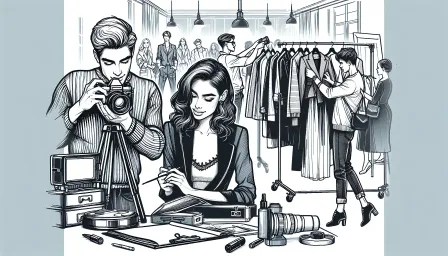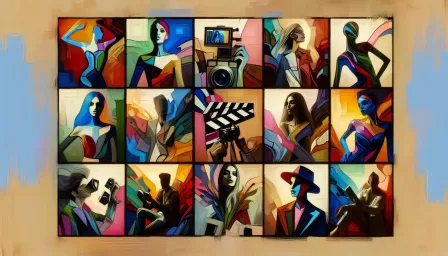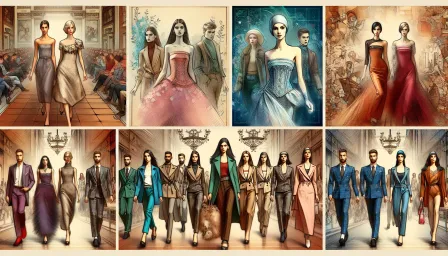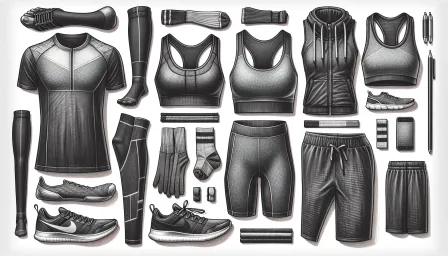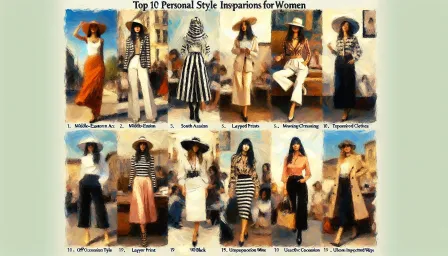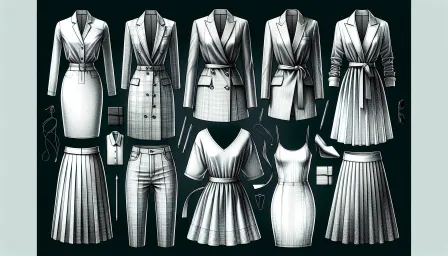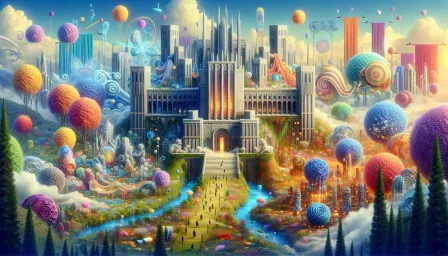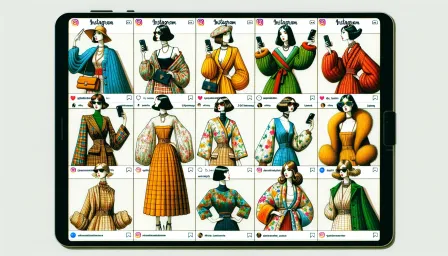Behind the Lens: Captivating Fashion Photography Backstage
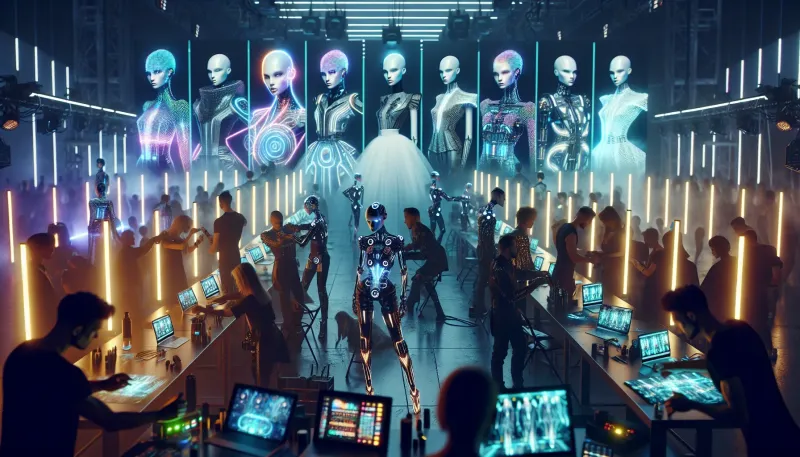
Discover the magic of fashion photography backstage, exploring techniques, tools, and tips to create captivating photographs that resonate with audiences.
Fashion photography backstage is a realm filled with creative energy, bustling activity, and an abundance of photo opportunities. From capturing the meticulous preparations to the spontaneous moments of excitement, backstage fashion photography offers a unique perspective that profoundly influences the portrayal of fashion. This article delves into the intricate world behind the scenes, uncovering techniques, tools, and tips to create captivating photographs that resonate with audiences.
The Significance of Backstage Fashion Photography
The allure of fashion photography backstage lies in its raw, authentic moments. Unlike the controlled environment of the runway or studio, backstage situations are less predictable, offering a rich tapestry of emotions and actions. These moments reveal the dedication of models, designers, and makeup artists, creating a narrative that complements the final exhibition on the runway.
Essential Tools for Backstage Photography
Camera Equipment
Choosing the right camera is paramount. Full-frame DSLRs or mirrorless cameras are popular among professionals due to their superior image quality and performance in low-light conditions. High ISO capabilities and fast autofocus systems are crucial when capturing fast-paced backstage activities.
Lenses
Versatility is key when selecting lenses for backstage fashion photography. Prime lenses like the 50mm f/1.8 or the 85mm f/1.4 offer excellent depth of field and performance in low light. Zoom lenses, such as the 24-70mm f/2.8, provide flexibility for capturing various angles and compositions.
Lighting
Natural lighting backstage can be unpredictable. Carrying portable lighting equipment like LED panels or small external flashes can help ensure adequate illumination. Reflectors and diffusers are also useful for controlling and softening light.
Techniques for Captivating Backstage Shots
Understanding the Environment
Observing and understanding the backstage environment is critical. Familiarize yourself with the layout, workflow, and key moments to anticipate potential photographic opportunities. This preparation enables you to position yourself strategically and capture decisive moments.
Capturing Emotion
Backstage areas are teeming with emotions ranging from nerves to excitement. Focus on capturing these fleeting expressions to convey the authenticity and passion involved in fashion shows. Candid shots often tell compelling stories that resonate with audiences.
Composition and Framing
Experiment with different compositions and framing techniques. Utilize leading lines, symmetry, and negative spaces to create visually engaging images. Dynamic angles and perspectives can add depth and interest to your shots.
Challenges and Solutions in Backstage Photography
Low Light Conditions
Backstage areas are frequently dimly lit, posing challenges for photographers. Utilize camera settings such as a higher ISO, wider aperture, and slower shutter speeds while maintaining image quality. Portable lights and reflectors can also help mitigate this issue.
Limited Space
Backstage locations often have confined spaces with numerous individuals and equipment. Adapting quickly and being unobtrusive are key to navigating this environment. Opt for compact, lightweight equipment that allows for greater mobility.
Distractions and Movements
Constant movement and distractions are commonplace backstage. To manage this, maintain focus and anticipate moments by observing patterns and actions. Continuous shooting modes can help capture fast-occurring events effectively.
Post-Processing Tips for Backstage Fashion Photography
Color Correction and Grading
Backstage lighting often results in color casts that need correction. Utilize software like Adobe Lightroom or Capture One to adjust white balance and color grading, enhancing the overall aesthetics of your images.
Cropping and Framing
Post-processing offers an opportunity to refine composition. Cropping can remove distractions and improve framing, making the subject stand out more effectively. Always crop to enhance the visual narrative, not just to fit standard dimensions.
Noise Reduction
Shooting in low light can introduce noise. Use noise reduction tools available in editing software to maintain image quality. Balancing noise reduction with sharpness preservation is crucial to retain detail.
Conclusion: The Artistry of Fashion Photography Backstage
Fashion photography backstage is an art form that combines technique, creativity, and a keen eye for detail. By understanding the environment, mastering essential tools, and employing effective techniques, photographers can capture captivating images that tell powerful stories. Despite the challenges, the rewards of backstage fashion photography are immense, offering a unique glimpse into the world of fashion that’s both inspiring and influential.




